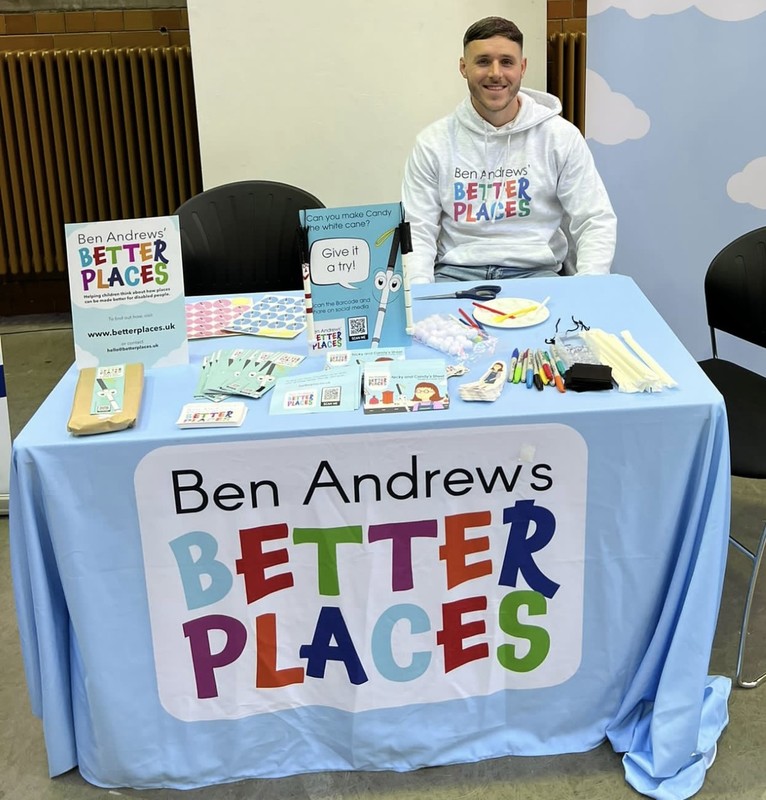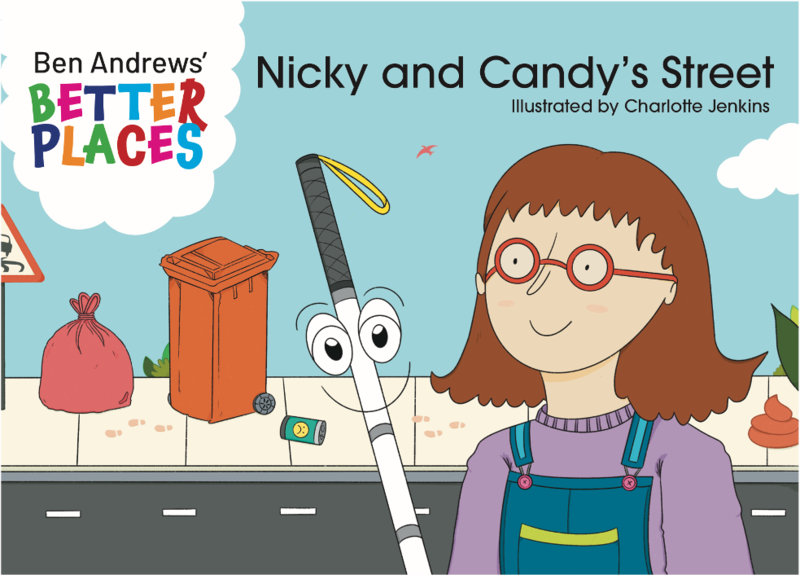Better Places: Making Accessibility Accessible to Children
When it comes to accessibility for disabled people, we tend to focus on working to influence adults to take greater ownership and responsibility for making what they do work for disabled people. Whether this be through awareness raising campaigns and strategies, workshops and training or process and design audits.
This is what I’ve been doing for the past 12-years, working with the likes of the NHS and local authorities, sport and leisure, infrastructure, and design, helping them towards more accessible, inclusive offers for disabled people, driven by my own experience as a disabled person.
And this approach makes sense as we need to influence things in the here and now and to do that, we need to engage the people managing the venues, services, and systems in the here and now who are almost exclusively adults.
But in doing so, we may be neglecting another group of people who offer the potential to future proof our work on access and inclusion for disabled people.
A group not yet indoctrinated by the systems, process and bureaucracy so often used as an excuse to not prioritise access and inclusion.
People who, in some ways, know and are held to no bounds – which is exactly the type of creativity and thinking we want when it comes to working towards a more accessible world for disabled people.
As the title of this blog illudes to, the group I’m of course talking about are children and young people.
We know our early years are when we’re most receptive. A time which shapes our behaviours, thinking and our approach.
But how often are children and young people engaged in the conversation around access and inclusion? The things that affect us all, including them, whether disabled or non-disabled.
And this may be more difficult as we likely won’t be able to engage children in the same way as adults. It’s unlikely that heavy campaigns and audit checklists are going to cut it. Things may need to be done in different ways; ways that capture the fun, joy and imagination of being a child.

It’s this exact thinking that has led me to explore creative ways to starting the conversation about access and inclusion with children and has taken me on a journey to writing a series of children’s picture books, Better Places, to help children think about how places can be made better for disabled people.
Published by Tiny Tree Children’s books, the series aims to offer a fun, light-hearted and interactive insight into the barriers disabled people face, with the opportunity for the reader to put them right.
There are five books in the first series which takes a specific look at how streets can be made better, with each book covering the experience and perspective of a person with a different access need.

The first book in the series, Better Places Nicky and Candy’s Street, is set for release in February 2023 and follows a young blind girl, Nicky, and her white cane, Candy. When a trip down the street to a friend’s house proves difficult, they turn to the reader to help make the street a better place.
My aspiration for Better Places is that they’ll help make the topic of access that bit more accessible to children, help the young generation of today work towards a more inclusive tomorrow and support children to grow with access and inclusion for disabled people as part of their make-up, just who they are and how they operate.
And who knows maybe Better Places will help a few adults along the way too.
Better Places Nicky and Candy’s Street is available for pre-order here: https://www.tinytreebooks.co.uk/shop/p/better-places-nicky-candys-street-ben-andrews and you can keep up-to-date on all things Better Places by following the author, Ben Andrews, @BenAndrewsINC.

